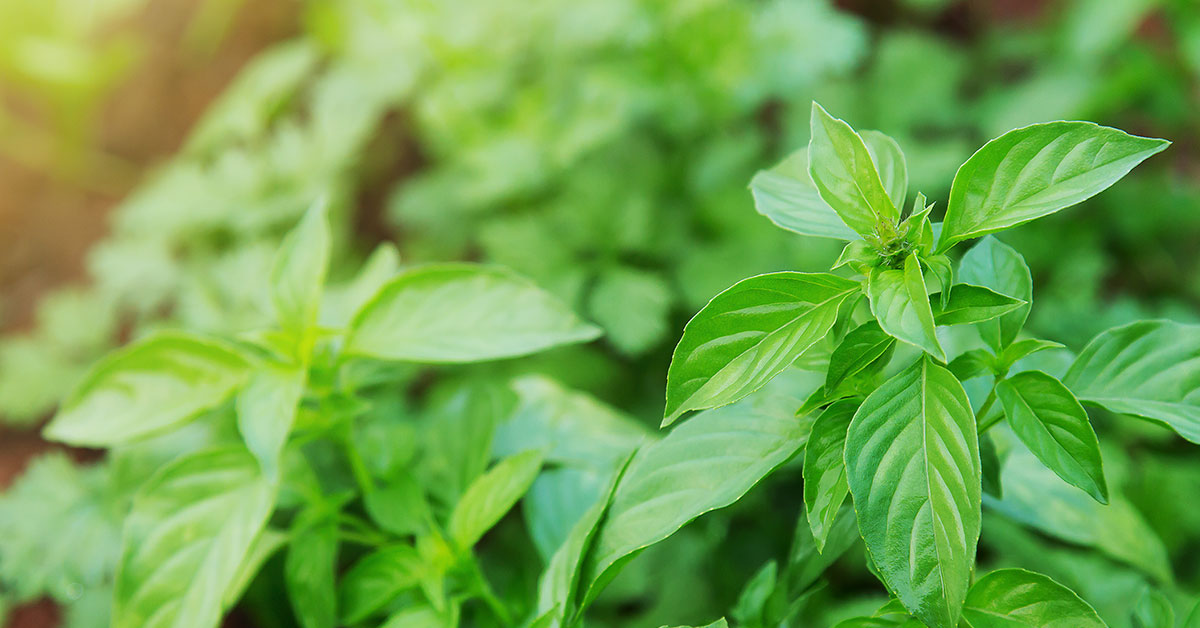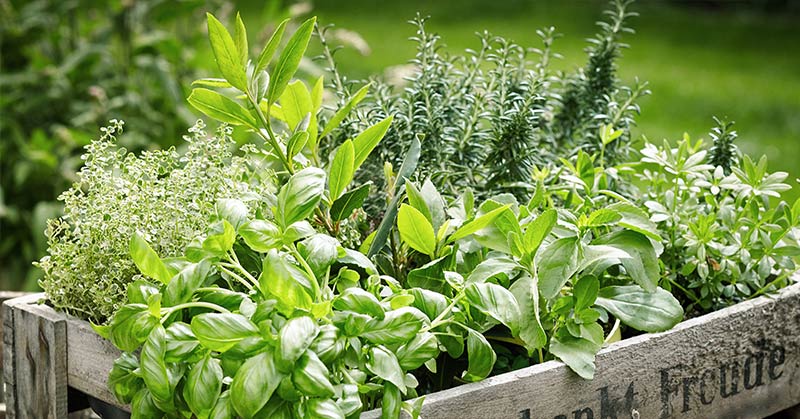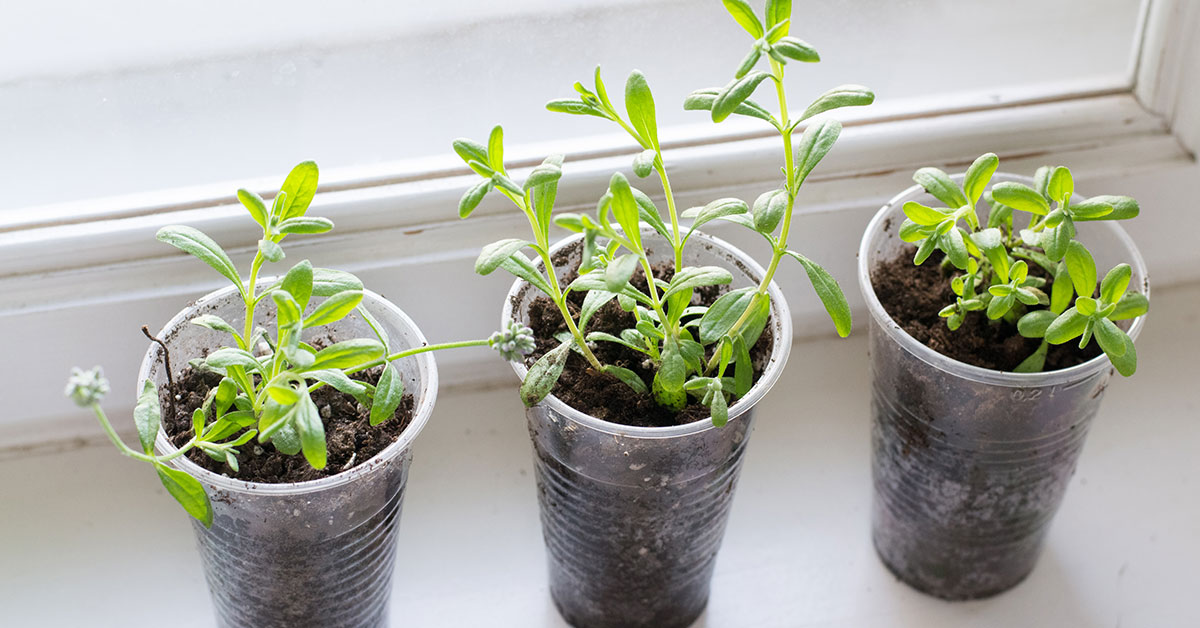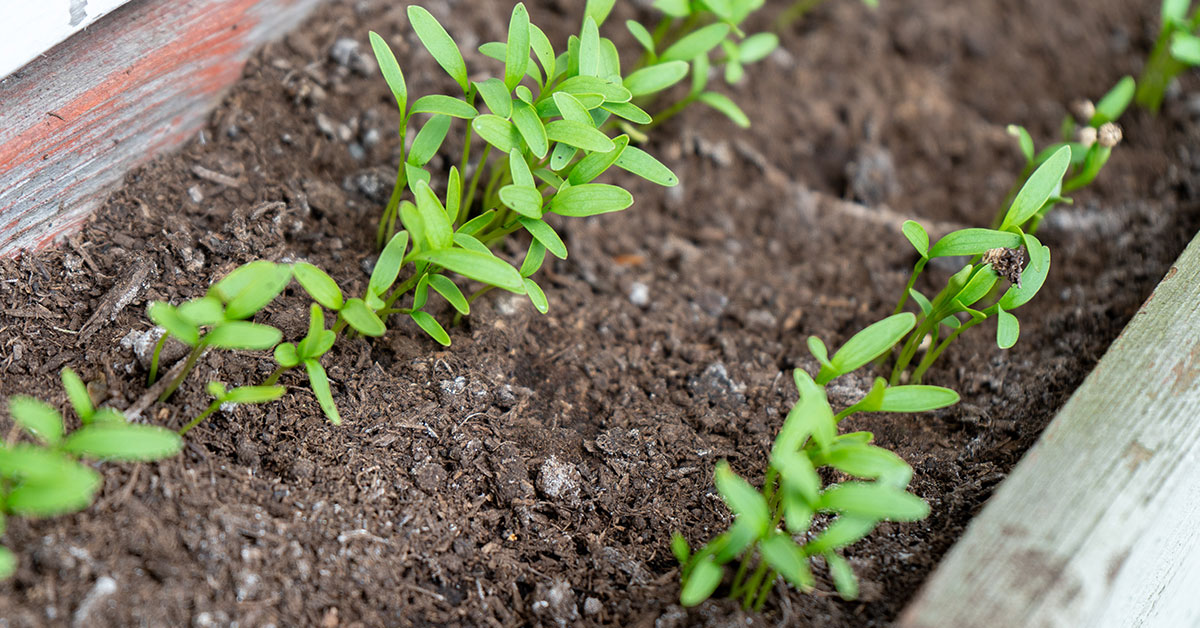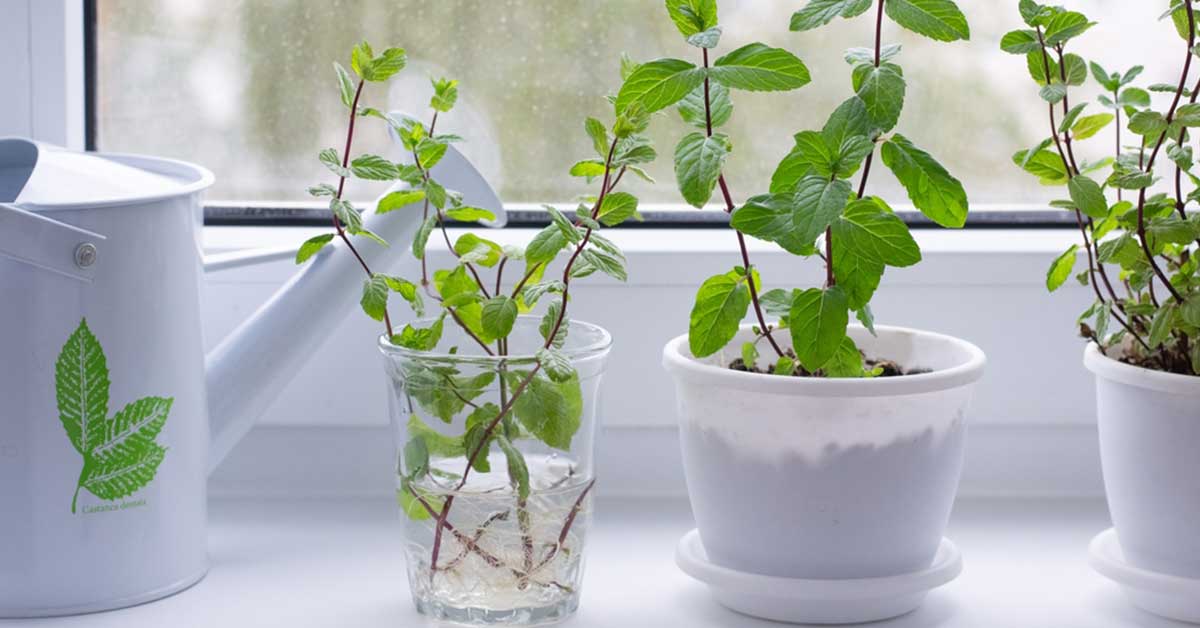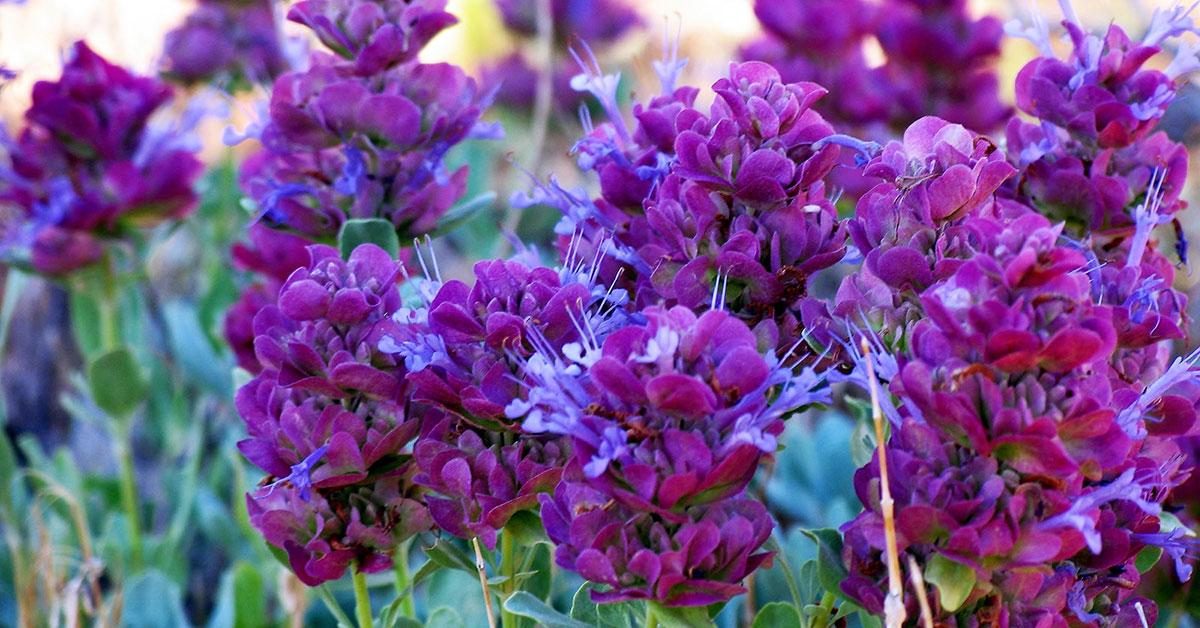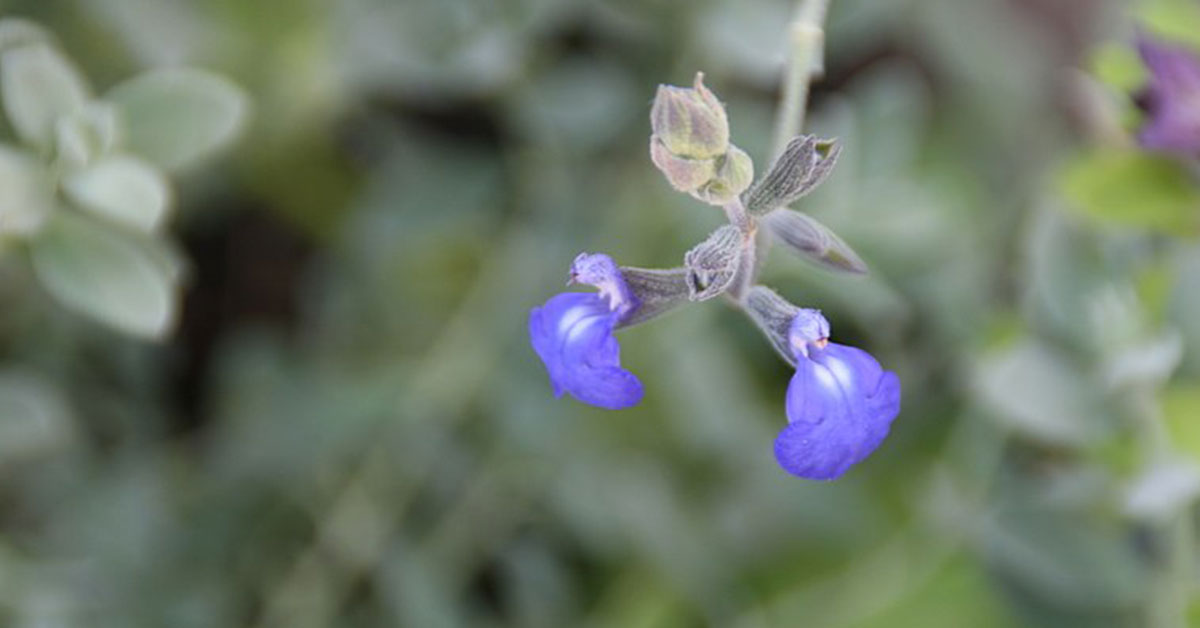Mrs. Burns’ Lemon Basil is a delightful herb that is widely used in cooking and herbal medicine. This herb is known for its lemony scent and flavor that adds a refreshing twist to any dish.
Mrs. Burns’ Lemon Basil is a type of sweet basil that has been popularized in the culinary world due to its unique and pleasant taste. Whether you are a seasoned cook or a novice, incorporating this herb into your dishes will surely take your cooking game to the next level.
In this article, we will explore the benefits of Mrs. Burns’ Lemon Basil and how you can use it in your cooking.
What is a Mrs. Burns’ Lemon Basil?
Mrs. Burns’ Lemon Basil is a type of basil that is known for its bright lemony flavor and aroma. This herb is a favorite among gardeners and cooks alike, as it adds a fresh and distinctive flavor to a variety of dishes. it’s believed to have originated in India, and it is now commonly grown in gardens and on farms throughout the world.
This type of basil has small, delicate leaves that are a light green color. The leaves are slightly hairy and have a soft texture. When crushed or rubbed, the leaves release a strong lemon scent that is both refreshing and invigorating. This lemony aroma makes Mrs. Burns’ Lemon Basil a popular choice for use in teas, cocktails, and marinades.
In addition to its unique flavor and aroma, this herb is also known for its health benefits. This herb contains a variety of essential oils, including citral, which is known for its anti-inflammatory and anti-bacterial properties. It is also high in vitamins A and C, which are important for maintaining good health.
Overall, Mrs. Burns’ Lemon Basil is a versatile and flavorful herb that is a must-have for any herb garden or kitchen. Its bright lemony flavor and aroma make it a perfect choice for adding a unique twist to a variety of dishes, and its health benefits make it a great addition to any diet.
What makes Mrs. Burns’ Lemon Basil different from other varieties?
Mrs. Burns’ Lemon Basil is a unique variety of basil that stands out from other types of basil due to its distinct flavor and aroma. This basil is known for its strong lemony scent that adds a refreshing zing to any dish it is added to.
One of the things that sets this herb apart from other varieties is the intensity of its lemon flavor. This basil has a more pronounced citrus taste than other lemon-scented herbs, making it an excellent addition to dishes that require a strong lemon flavor.
In addition to its flavor, Mrs. Burns’ Lemon Basil also has a unique appearance. The leaves of this basil are a pale green color with a slightly fuzzy texture, which distinguishes it from other basil varieties with smooth, dark green leaves.
Another factor that sets it apart from other basil varieties is its hardiness. This basil is known for its ability to withstand both heat and cold, making it a popular choice for gardeners in a range of climates.
Overall, Mrs. Burns’ Lemon Basil is a unique and versatile herb that adds a bright and refreshing flavor to any dish. Its intense lemony flavor, distinctive appearance, and hardiness make it a favorite among chefs, gardeners, and home cooks alike.
How to grow Mrs. Burns’ Lemon Basil
Mrs. Burns’ Lemon Basil is a popular herb that has a refreshing citrusy flavor with a hint of sweetness. It is a versatile herb that can be used in several dishes, including salads, soups, stews, marinades, and sauces. If you are looking to grow this herb in your garden, here is how you can do it.
- Choose the Right Location: Mrs. Burns’ Lemon Basil requires a sunny location that receives at least six hours of direct sunlight each day. The soil should be well-draining and rich in organic matter. If the soil in your garden is heavy, you can mix in some sand or compost to improve drainage.
- Planting: You can grow this herb from seeds or cuttings. If you are starting from seeds, sow them indoors six to eight weeks before the last frost date. Once the seedlings have grown to a height of 6 inches, you can transplant them outdoors. If you are using cuttings, plant them directly in the soil after dipping the cut end in rooting hormone.
- Watering: Mrs. Burns’ Lemon Basil requires regular watering to keep the soil moist. However, make sure not to overwater, as this can lead to root rot. Water deeply once a week or more often if the soil dries out quickly.
- Fertilizing: You can fertilize your plan with a balanced fertilizer once a month during the growing season. However, avoid over-fertilization as this can lead to excessive leaf growth and reduced flavor.
- Harvesting: You can harvest once the plants have grown to a height of 6-8 inches. Pinch off the leaves and stem tips as needed. You can use the leaves fresh or dry them for later use.
In conclusion, growing Mrs. Burns’ Lemon Basil is easy and rewarding. With the right location, planting, watering, fertilizing, and harvesting, you can enjoy this delicious herb in your favorite dishes.
Growing tips
Mrs. Burns’ Lemon Basil is an herb that adds a unique flavor to any dish. This herb is easy to grow and maintain, making it a favorite among many gardeners. Here are some additional tips to help you successfully grow this herb.
Choose the Right Location
Mrs. Burns’ Lemon Basil thrives in a location that receives full sun for at least six hours a day. It is essential to choose a location that is well-drained, as this herb does not tolerate standing water. If you are growing this herb in a container, ensure that the container has drainage holes.
Soil Preparation
Mrs. Burns’ Lemon Basil grows best in fertile, well-drained soil. Before planting, amend the soil with compost or well-rotted manure. This will provide the herb with the necessary nutrients for healthy growth.
Watering
Mrs. Burns’ Lemon Basil requires consistent watering to ensure that the soil remains moist. However, it is essential not to overwater, as this can lead to root rot. Water the herb deeply once a week, or more frequently during hot, dry weather.
Fertilizing
Mrs. Burns’ Lemon Basil does not require heavy fertilization. However, applying a balanced fertilizer once a month can help promote healthy growth.
Pruning
Pruning Mrs. Burns’ Lemon Basil regularly will encourage bushier growth and prevent it from becoming leggy. Remove the topmost leaves of the plant regularly, ensuring that you leave some leaves on the stem.
By following these tips, you can successfully grow this plant and enjoy its unique and refreshing flavor.
Common problems
Mrs. Burns’ Lemon Basil is a popular herb that is known for its lemony scent and flavor. This herb is easy to grow, but there are some common problems that you may encounter when trying to grow it. Here are some of the most common problems with growing this herb.
Pests
One of the most common problems with growing Mrs. Burns’ Lemon Basil is pests. This herb is susceptible to aphids, whiteflies, and spider mites. These pests can cause damage to the plant, and if left untreated, they can kill the plant. To prevent pests, you should inspect the plant regularly and remove any infected leaves. You can also use insecticidal soap or neem oil to treat the plant.
Watering
Overwatering or underwatering can be a problem when growing Mrs. Burns’ Lemon Basil. This herb needs to be watered regularly, but you should avoid overwatering. Overwatering can cause root rot, which can kill the plant. Underwatering can cause the leaves to wilt and the plant to die. To prevent these problems, you should water the plant regularly, but make sure the soil is not too wet.
Temperature
Mrs. Burns’ Lemon Basil is a warm-weather herb, and it needs warm temperatures to grow properly. If the temperature drops below 50 degrees Fahrenheit, the plant may stop growing or die. To prevent this problem, you should grow the plant in a warm location, such as a sunny window or a greenhouse.
Soil
Mrs. Burns’ Lemon Basil needs well-draining soil to grow properly. If the soil is too wet, the plant may develop root rot. If the soil is too dry, the plant may wilt and die. To prevent these problems, you should use well-draining soil and make sure the plant is watered regularly.
It’s a great herb to grow, but there are some common problems that you may encounter. By being aware of these problems and taking steps to prevent them, you can grow healthy and delicious plant.
Uses
Mrs. Burns’ Lemon Basil is a versatile herb that can be used in a variety of ways. It has a lemony flavor with a hint of basil, making it a perfect addition to many dishes. Here are some of the uses of this variety of basil:
- Cooking: It can be used in cooking as a flavoring herb. It works well in soups, stews, sauces, and marinades. You can use it to add a fresh, citrusy flavor to your favorite dishes.
- Tea: Mrs. Burns’ Lemon Basil can be used to make a delicious tea. Simply steep a few leaves in hot water for a few minutes and enjoy. This tea is refreshing and can be enjoyed hot or cold.
- Infused Oil: You can infuse olive oil with this herb to make a flavorful oil that can be used for cooking or as a salad dressing. Simply add a few leaves to a bottle of olive oil and let it sit for a few days.
- Cocktails: This type of basil can be used to add a unique flavor to cocktails. It works well in gin-based drinks and can be used to make a delicious lemon basil martini.
- Desserts: This herb can be used to add a citrusy flavor to desserts. It pairs well with strawberries and can be used to make a delicious lemon basil sorbet.
Mrs. Burns’ Lemon Basil is a versatile herb that can be used in many ways. Whether you use it in cooking, tea, infused oil, cocktails, or desserts, this herb will add a fresh, citrusy flavor to your dishes.
